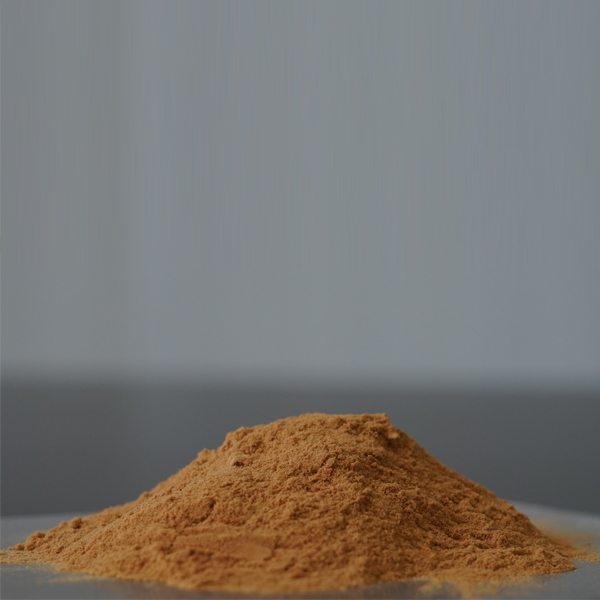
News
Nov . 15, 2024 20:31 Back to list
custom calcium chelator
Custom Calcium Chelators Advancements in Biochemical Research and Applications
Calcium ions play a crucial role in numerous biological processes, from signaling pathways to muscle contractions and neurotransmitter release. Understanding and manipulating calcium levels within cells is essential for both research and therapeutic applications. One effective strategy for controlling calcium concentrations involves the use of calcium chelators, which are compounds that bind calcium ions, preventing them from participating in biological reactions.
Calcium chelators have been employed in various fields, including biochemistry, molecular biology, and medicine
. Traditionally, commercial chelators like ethylene glycol tetraacetic acid (EGTA) and 1,2-bis(2-aminophenoxy)ethane-N,N,N',N'-tetraacetic acid (BAPTA) have been widely used to study calcium dynamics. However, these conventional chelators may not meet the specific requirements of all experimental conditions, prompting researchers to explore the development of custom calcium chelators.Custom calcium chelators are designed to have tailored properties, such as differential binding affinities, selectivity, and responsiveness to environmental changes. The design process often involves modifying existing chelators to enhance their effectiveness in particular biological contexts. For instance, a custom chelator may be engineered to selectively bind calcium in the presence of other metal ions, which is critical in complex biological systems where multiple cations are present.
custom calcium chelator

One exciting area of development is the creation of fluorescent calcium chelators. These innovative compounds combine calcium-binding capabilities with fluorescent properties, allowing researchers to visualize calcium dynamics in real-time within live cells. By incorporating specific fluorophores that change their emission spectra upon calcium binding, scientists can monitor intracellular calcium fluctuations with high spatial and temporal resolution. This advancement has profound implications for understanding signaling pathways and calcium-mediated processes in health and disease.
Moreover, recent advancements in synthetic chemistry have enabled the design of calcium chelators that respond to changes in pH, temperature, or other environmental factors. Such smart chelators offer the potential for more precise control over calcium concentrations in physiological settings, making them valuable tools for studying cellular responses to various stimuli. For instance, a chelator that releases bound calcium in response to a drop in pH could be instrumental in studying acidified cellular environments associated with inflammation or tumor microenvironments.
In the pharmaceutical realm, custom calcium chelators hold promise for therapeutic interventions. Conditions characterized by dysregulated calcium signaling, such as neurodegenerative diseases and cardiac disorders, could benefit from targeted calcium modulation. By designing chelators that can selectively deliver or sequester calcium ions in specific tissues or cells, researchers aim to mitigate pathological processes while minimizing side effects.
In conclusion, custom calcium chelators represent a significant advancement in the field of biochemical research and applications. With their tailored properties, these chelators provide new insights into calcium dynamics, enabling researchers to explore previously inaccessible aspects of cellular function. Furthermore, the potential therapeutic applications of these custom chelators underscore their importance in developing novel strategies for treating diseases linked to calcium dysregulation. As research progresses, the continued innovation in custom calcium chelator design will likely unlock new frontiers in our understanding of cellular biology and contribute to the development of targeted therapeutic agents.
-
Polyaspartic Acid Salts in Agricultural Fertilizers: A Sustainable Solution
NewsJul.21,2025
-
OEM Chelating Agent Preservative Supplier & Manufacturer High-Quality Customized Solutions
NewsJul.08,2025
-
OEM Potassium Chelating Agent Manufacturer - Custom Potassium Oxalate & Citrate Solutions
NewsJul.08,2025
-
OEM Pentasodium DTPA Chelating Agent Supplier & Manufacturer High Purity & Cost-Effective Solutions
NewsJul.08,2025
-
High-Efficiency Chelated Trace Elements Fertilizer Bulk Supplier & Manufacturer Quotes
NewsJul.07,2025
-
High Quality K Formation for a Chelating Agent – Reliable Manufacturer & Supplier
NewsJul.07,2025
